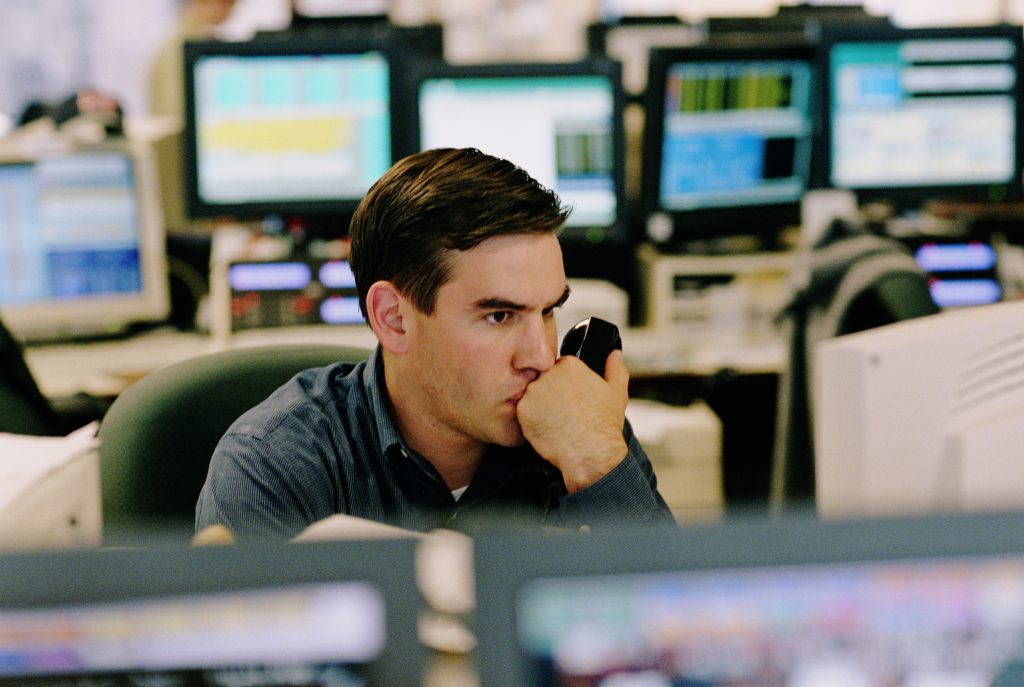Monthly Market Update | 9 March 2021
Late in 2020 equity markets climbed on the anticipation of vaccinations and are now consolidating at higher levels. They are now trading sideways, patiently waiting for economies to open and earnings to catch up to heightened valuations. In the first two months of the year, equities have gained a healthy 2.6% (though less than 1% in GBP terms). Nevertheless, for all the excitement about vaccines and the impending reopening of the global economy, investors understand the exceptional equity performance since last year and, in fact, risk asset performance in the past twelve, is primarily owed to the ability of central banks to absorb risk. Central banks have been, and continue to be, the “only game in town”. The cornerstone of their ultra-accommodative policy has been the absence of inflation, which would compel them to adhere to their mandate and tighten money supply in the real economy, to the detriment of the financial economy.
In February, and early March, we are seeing a challenge to this main cycle-long thesis that central banks will continue to encourage risk taking in markets. Market inflation expectations (implied by the differential between simple government bonds and their inflation-linked counterparts) have been steadily climbing. Real-time data suggest a pick-up in inflation in the next few months. This is due to higher input costs, a result of broken supply chains, plus an expected jump in consumption as economies reopen. In other words, inflation pressures are on both the demand and the supply side, and that is no accounting for the unavoidable timing effect, as we begin to compare against the beginning of the lockdown at the same time last year. Inflation is mainly showing up on the longer end of yield curves. Thus, long maturity bonds have begun to climb, exacerbating fears that central banks have lost control of the yield curves, and thus their ability to dictate market prices.
We believe that these inflation pressures are transitory and that at current high valuations, it is natural for investors to exaggerate fears and take some risk off the table. And, if we have learned anything in the past few years, is not to fight central banks. Currently, monetary policy makers have signaled that they are willing to tolerate higher inflation insofar as it transitory. Their concerns lie more towards any tepid growth, new Covid variants and the possibility of an early retraction of fiscal accommodation which could hamstring the recovery.
Risks exist that inflation might peak higher than expected or overstay its welcome, but impending unemployment pressures, once fiscal stimulus dissipates, are enough to remove those worries for now.
We have no reason to believe that our underlying assumptions about markets have been changed by the exogenous event of the pandemic. However, we feel that once the pandemic has passed, countries and the banking system must address the decade-old disconnect between the real and the financial economy. Simply put, central banks can make sure there’s little downside risk to the financial economy but can’t do the same for the real economy. Yet, their primary mandates (inflation, unemployment, growth) are very much real-economy concerns. What is sorely needed is innovation. A decade ago, bold central bankers on both sides of the Atlantic utilised largely untested financial tools, including quantitative easing. Political authorities, cognisant of the amount of responsibility and awesome power that rests on the shoulders of central bankers, especially due to their own reluctance to expand fiscally, gradually replaced economists with figures more political, more able to compromise. As a result, central bankers are not surprising governments anymore (no more impromptu “whatever it takes” speeches) but are also not daring enough to adjust policy tools to address secular stagnation, flat yield curves and growth challenges in a post-pandemic world. The strongest possible catalyst for a breakout in risk assets from their current levels and the return of trust in the real economy, would be signs of daring new policy ideas from central banks.
-George Lagarias, Chief Economist

















Comments